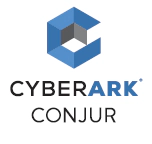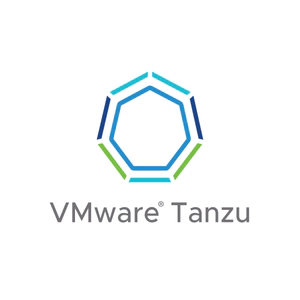Automating Air-Gapped Network and Service Deployments in AWS
Deploying and managing air-gapped environments has intrinsic issues, including compliance, maintenance, deployment times, and change tracking. These are compounded in large scale deployments which leads to teams using their limited time fighting fires, performing manual maintenance, and documenting changes for each environment separately. This loop of engineers spending their time maintaining instead of innovating causes burn out within the team, limits the value multiplier that IT can bring, and risks good talent leaving. However, a combination of technologies such as Terraform, Ansible, SaltStack, and AWS can be leveraged to develop and maintain flexible Platform and Software as a Service environments. The benefits of this environmental combination include repeatability, improved security, quicker user onboarding, rapid deployment of new services, and improved consistency. To demonstrate the profound improvements that can arise from simplifying air-gapped environment deployments, a use-case will be presented that walks through the adoption of automation, both the benefits and roadblocks, for managing air-gapped environments within compliant heavy sectors.
Speaker

Gary Canter II
Gary has spent the past 10 years as an IT and Cloud Architect Professional working in compliance heavy industries. Currently he’s the Technical Lead for a $55 Million program that builds, maintains, ...


























